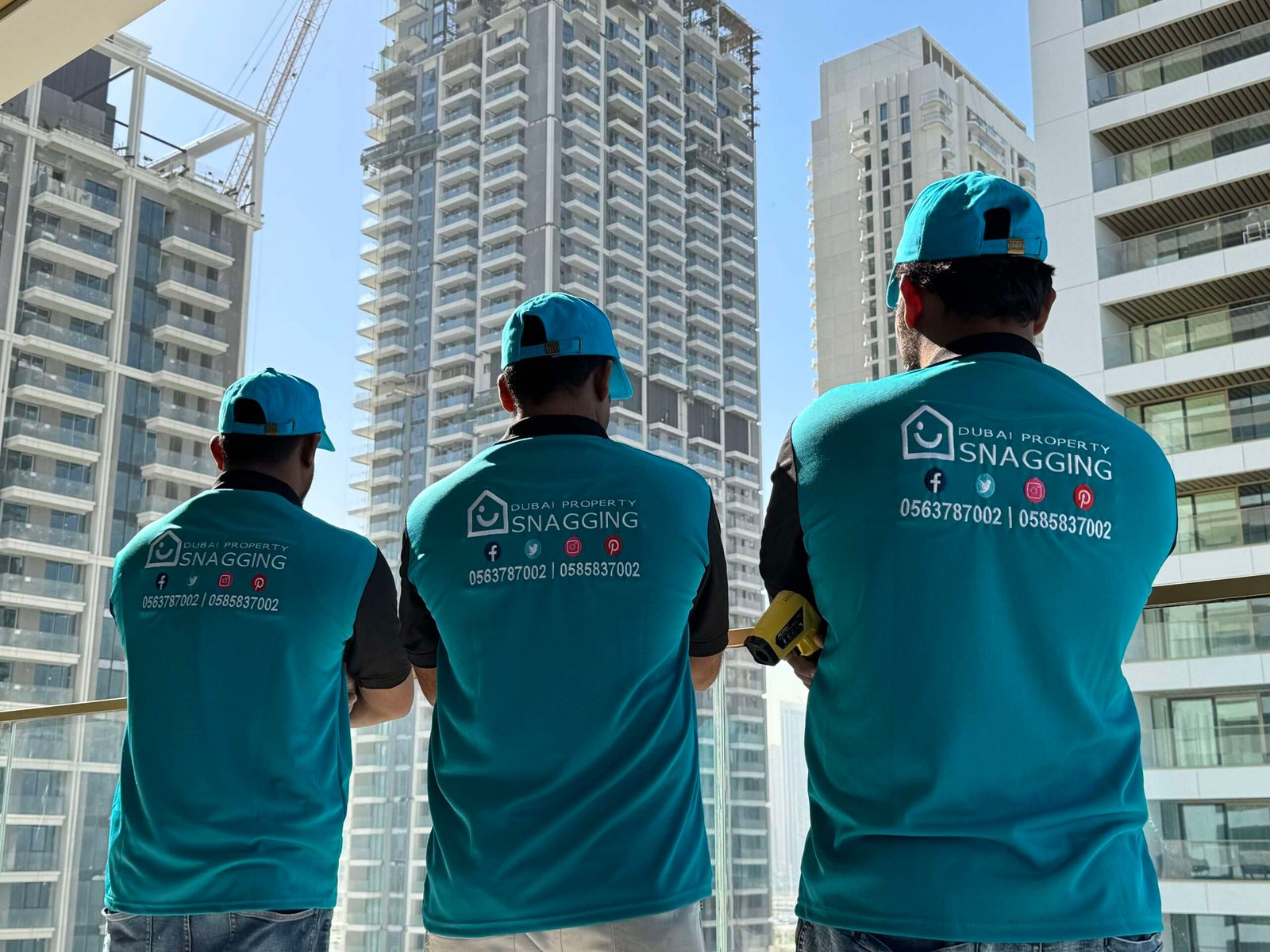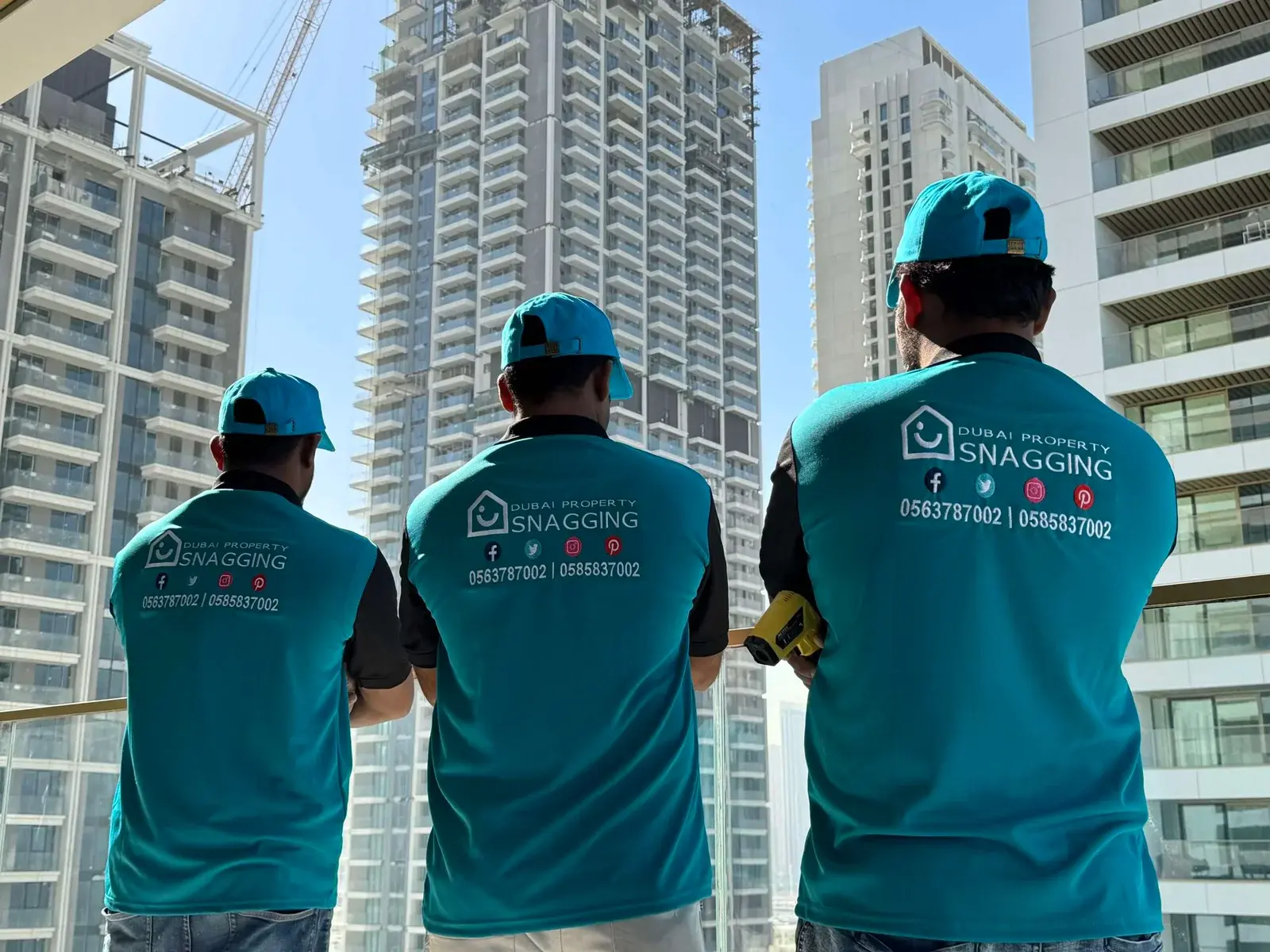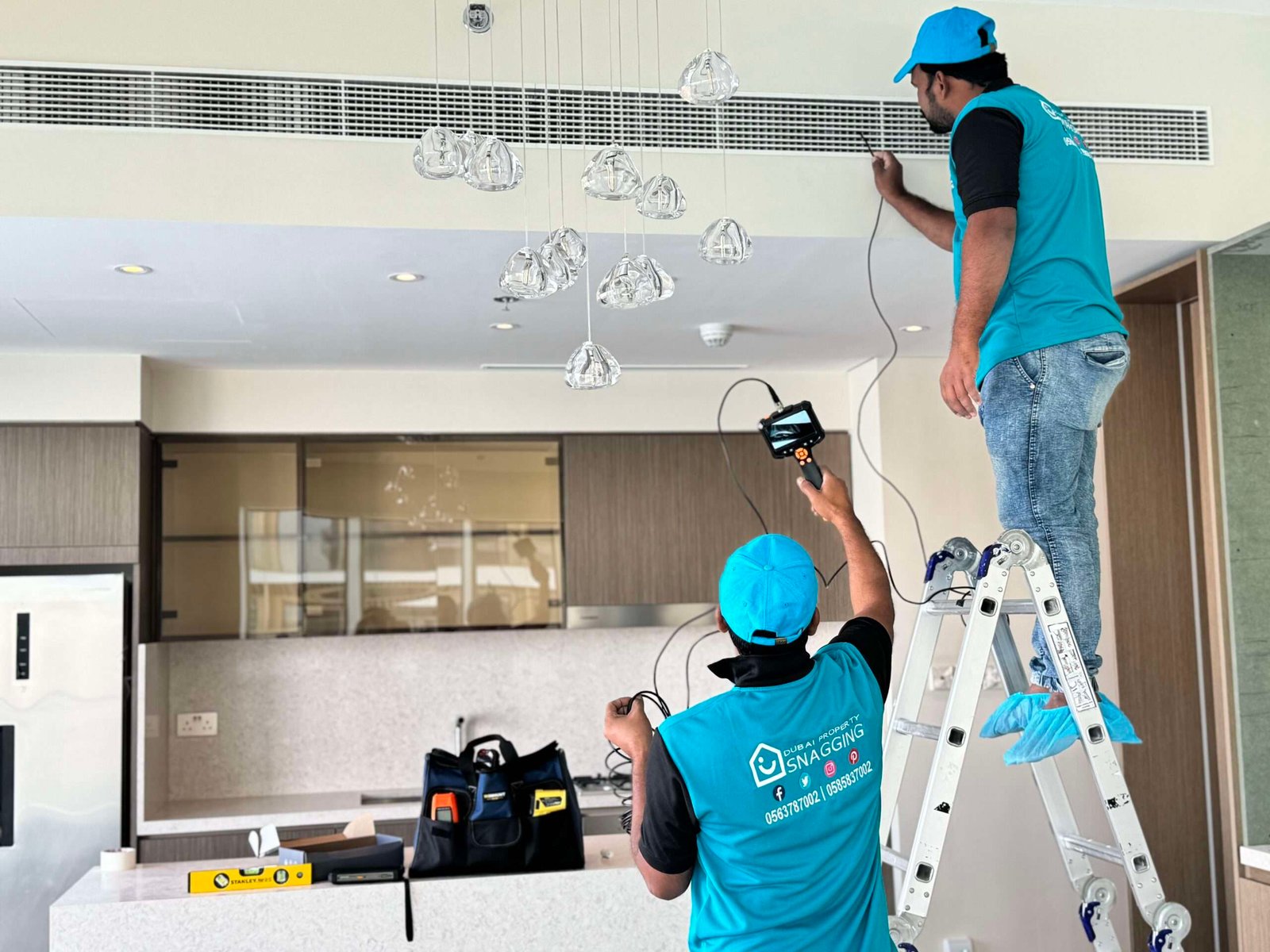The Defect Liability Period (DLP) is a crucial phase in any construction project, ensuring that all aspects of the build meet quality standards before final acceptance. This period provides an opportunity for property owners and developers to identify and rectify any construction defects before assuming full responsibility. To maximize this window, it’s essential to focus on key areas that impact the longevity and usability of the structure. Below are five critical things to double-check during the Defect Liability Period, leveraging Quality Assurance, Handover Services, and a comprehensive Snagging Report.
1. Structural Integrity and Finishes
One of the most important aspects to assess during the DLP is the structural integrity of the building. This includes checking for cracks in walls, ceilings, and floors that may indicate underlying structural issues. Additionally, ensure that finishing works such as paint, plastering, and tiling are free from defects like uneven surfaces, peeling, or water damage. These issues, if left unchecked, can lead to costly repairs in the future.
2. Mechanical, Electrical, and Plumbing (MEP) Systems
The MEP systems play a vital role in the functionality of any property. Verify that all electrical wiring, switchboards, lighting, and power outlets are installed and operating correctly. Similarly, plumbing systems should be inspected for leaks, water pressure consistency, and drainage efficiency. Faulty MEP systems can lead to severe safety hazards and inconvenience for occupants.
3. Doors, Windows, and Fixtures
Doors and windows are often overlooked during inspections but are essential for security and insulation. Check for proper alignment, smooth operation, and any gaps that could lead to air or water leaks. Fixtures such as locks, handles, hinges, and glass panels should also be thoroughly tested for durability and proper installation.
4. Waterproofing and Drainage
Waterproofing is critical to prevent long-term damage, especially in areas prone to moisture, such as bathrooms, kitchens, and balconies. Inspect seals, grouting, and waterproof membranes to ensure they are intact. Drainage systems, including gutters and downspouts, should be checked for blockages or improper flow that may cause water accumulation or leaks.
5. Snagging Report and Documentation
A detailed Snagging Report is essential for recording all defects and ensuring they are addressed within the DLP. This report should document every issue with descriptions, images, and recommendations for rectification. Engaging Handover Services professionals can streamline this process, ensuring that nothing is overlooked. Proper documentation also serves as evidence should disputes arise regarding defect rectifications.

The Defect Liability Period is a golden opportunity to rectify construction issues before they become long-term problems. By prioritizing Quality Assurance and conducting thorough inspections with a professional Snagging Report, property owners can ensure that their investment remains in top condition. Engaging Handover Services can further ease the process, offering expert insights and systematic defect tracking. Always take full advantage of the DLP to safeguard the quality and durability of your property.



